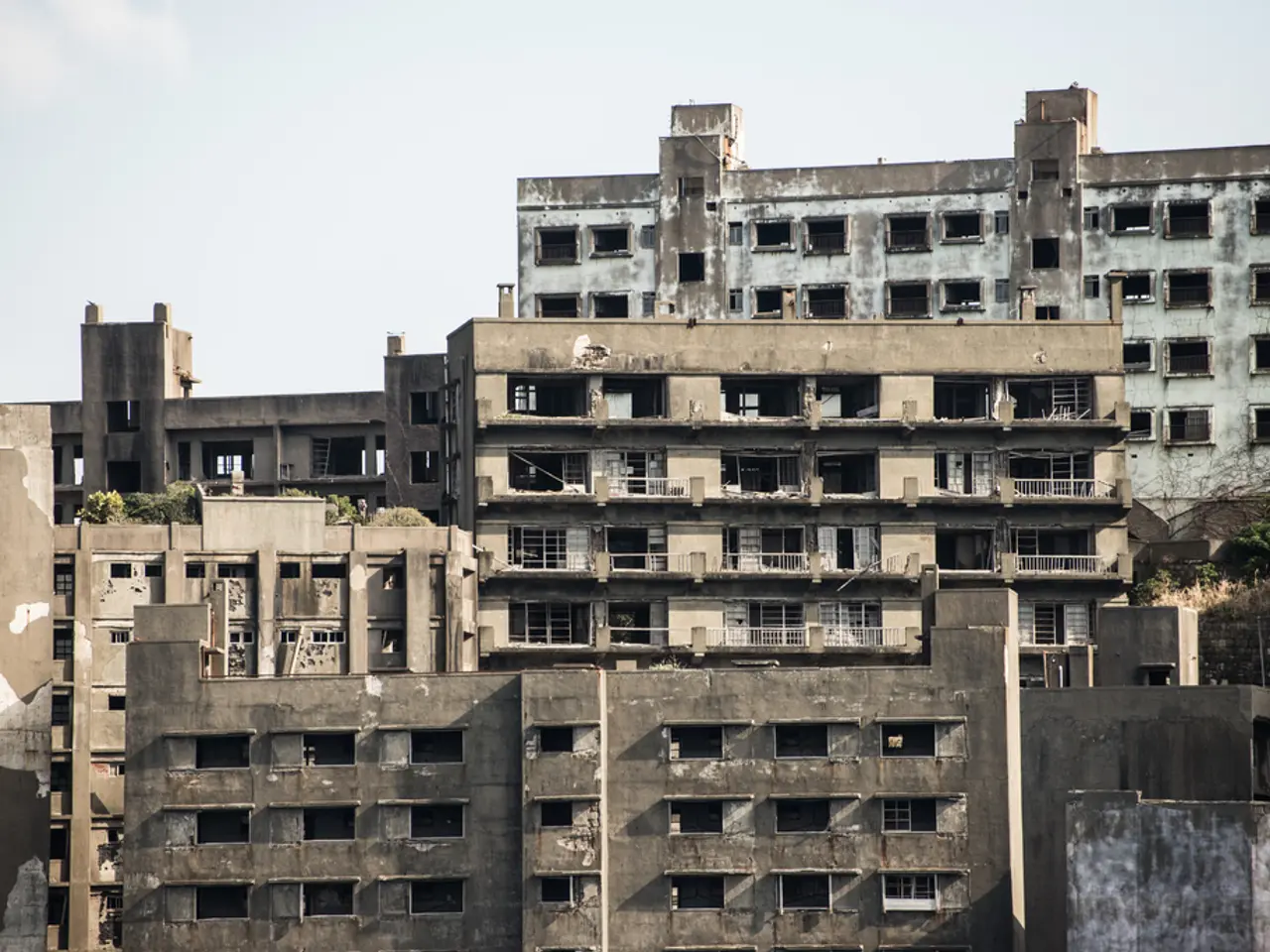Scientists Declare: Atmospheric Heat Wave
A heat dome is a weather phenomenon that has been causing concern in recent years, particularly in North America. This meteorological event occurs when hot weather stalls over an area for extended periods, leading to a series of dangerous consequences.
In simple terms, a heat dome forms when warm air at Earth's surface gets trapped and cannot rise. High-pressure air prevents surface air from rising and cooling, causing the formation of a heat dome. This trapped warm air isn't just blocked from rising; it often cannot move out of the region either.
The result? A region under a heat dome experiences unusually hot weather, known as heat waves. In cool and mild regions, these heat waves can be particularly alarming, as they are not typically accustomed to such extreme temperatures.
A heat dome also blocks other weather from entering the region, including clouds and rain, making the region drier. As the region becomes drier, temperatures soar higher due to the heat dome. This increased dryness can also increase the risk of wildfires.
The more frequent formation of heat domes in North America in recent years is primarily caused by climate change. As the Earth's climate changes, average temperatures rise, and atmospheric patterns alter, contributing to the formation of heat domes.
Lack of air conditioners or other tools for managing the weather can exacerbate the dangers of heat domes. In areas unprepared for such extreme weather, the consequences can be especially dangerous, with people at risk of heat stroke, dehydration, and other heat-related illnesses.
In North America, weather tends to move from west to east. However, changes in the jet stream can block this motion, trapping a high-pressure system for days or even weeks, contributing to the formation of a heat dome. A heat dome is usually marked by sunny skies and few clouds.
As the Earth's climate continues to change, heat domes - and the extreme temperatures that come with them - become more common. It is essential for communities to prepare for these events, ensuring they have access to air conditioning, adequate hydration, and resources to help them stay cool during heat waves.








